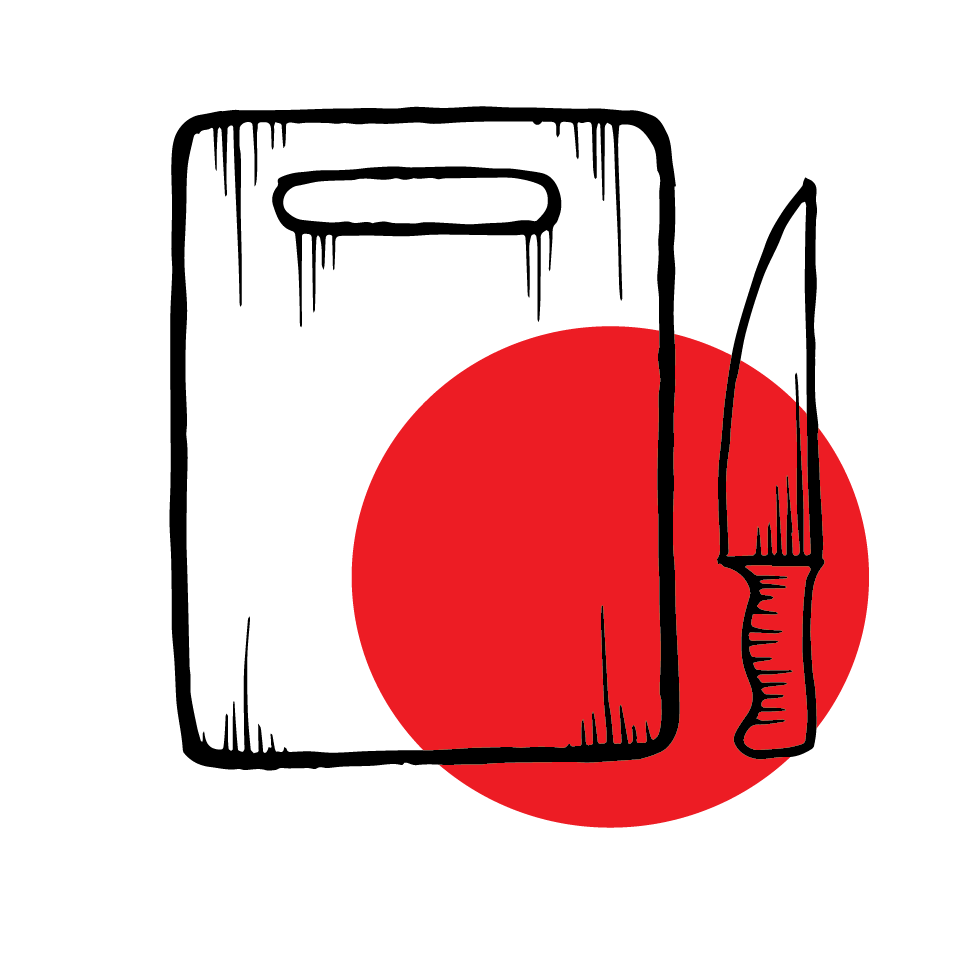Food Safety Checklist
When eating out every meal should be special, for all the right reasons. This checklist will help you determine whether your food is being handled the right way. For peace of mind it's always good to double check and decide for yourself if the food your eating follows these four easy guidelines.

PREPARATION
The preparation and sale of street food should take place in a hygienic and well organized setting. Observing good rules of hygiene in the design, building and organization of the workplace helps to deal effectively with potential hazards and to ensure food safety.

COOKING
Food that has been handled carelessly can carry bacteria, virus and other things that can upset your stomach. You should be careful with food that has been sitting around for a long time. It is best if your food is prepared after you’ve ordered it and served hot.

CLEANING
Understand that street food vendors do not necessarily have the same standard of hygiene as sit-down restaurants and cafés. Make sure that hands, clothes, equipment and kitchen surface are clean. If there is not a hand-washing facility close by, make sure they wear gloves.

MAINTENANCE
The good maintenance and proper storage of equipment and utensils used for food preparation and sale are essential for food safety. Look bowls and plates that are turned upside down when not in use to avoid catching dust and foreign bodies.




